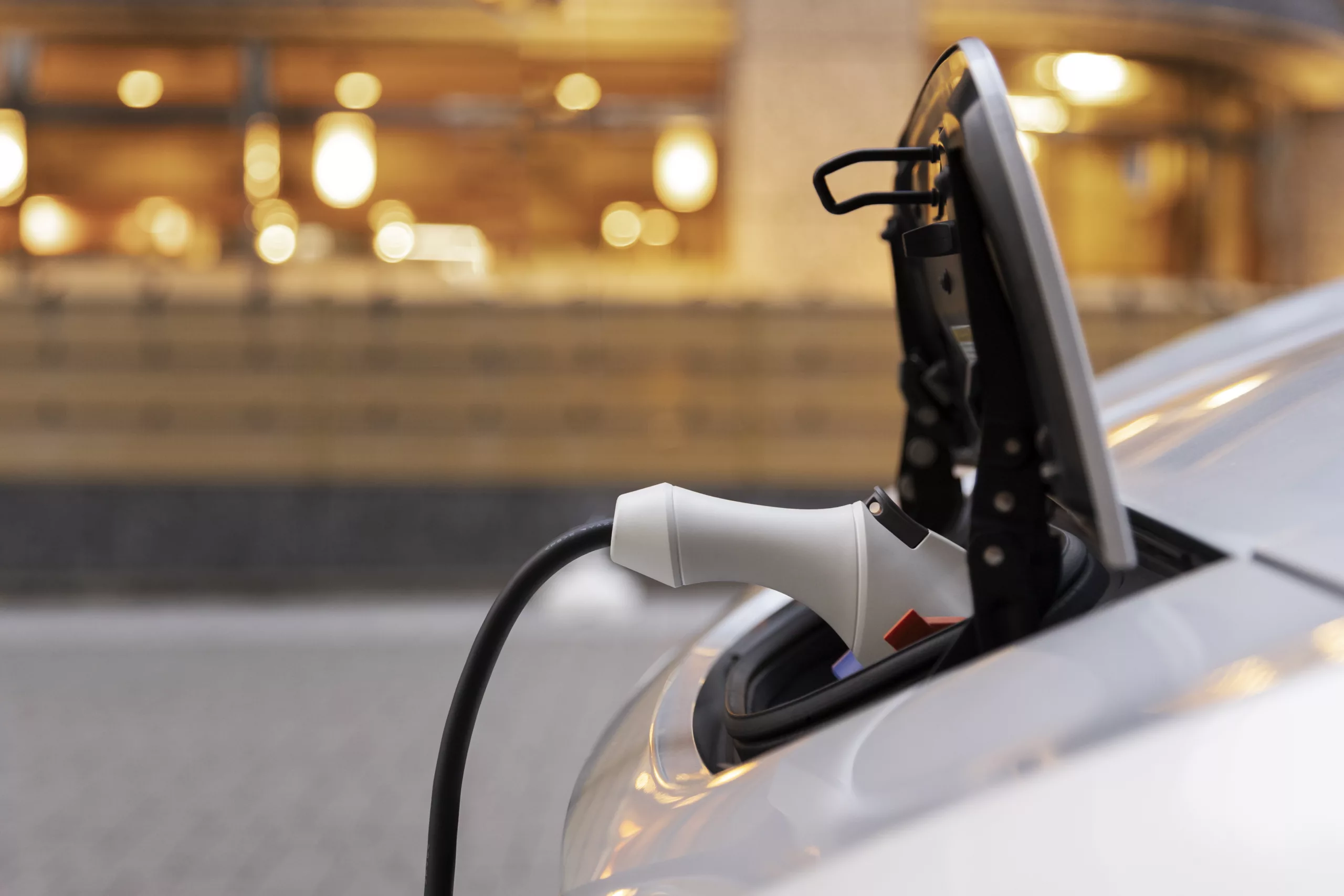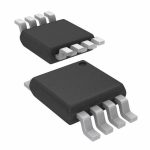
The modern world is increasingly shifting towards electric vehicles (EVs), and a robust and widespread charging infrastructure becomes paramount. The successful transition to an electric mobility future depends on the easy availability and accessibility of charging stations. Developing a comprehensive infrastructure for electric charging connectors is vital to support growing EVs on the road and encourage widespread adoption. This article explores the essential aspects, benefits, and crucial steps for developing such infrastructure.
What are Electric Charging Connectors? A Brief Overview of Their Types
Electric charging connectors are devices designed to facilitate the transfer of electricity from a power source to an electric vehicle or other electrically powered devices. These connectors are an essential part of the charging infrastructure for EVs in terms of enabling the replenishment of their batteries.
There are various types of electric charging connectors, and the specific connector depends on the vehicle’s supported charging standard and the existing infrastructure. Some commonly used electric charging connectors include:
- Type 1 (SAE J1772) – Primarily used in North America and Japan, this connector features a rectangular-shaped plug with five pins designed for AC charging systems.
- Type 2 (IEC 62196, Mennekes) – Commonly used in Europe, the Type 2 connector with seven pins has a round-shaped plug, supporting both AC and DC charging. It is compatible with single-phase and three-phase charging.
- CHAdeMO – This fast DC charging with a DC charging cable is a popular connector in Japan with a unique design featuring a large, round plug with both power and communication pins.
- Combined Charging System (CCS) – CCS connectors are used for AC and DC charging and are becoming standard in Europe and North America. They incorporate the Type 2 connector for AC charging while capable of adding additional pins for high-power DC charging.
- Tesla Connector (Tesla Supercharger) – Tesla vehicles own proprietary charging connectors used with Tesla Supercharger stations. This connector allows for high-speed DC charging and is specific to Tesla vehicles.
Potential Benefits of Charging Infrastructure to Electric Charging Connectors
The development and expansion of charging infrastructure for electric charging connectors offer several benefits, such as:
- Ease of Accessibility and Availability: Bridging Gaps
A comprehensive charging infrastructure provides benefits to both individuals and society. For individuals, it provides the convenience of charging vehicles at home, at work, or at public charging stations. This flexibility eliminates long detours or specialised trips to charge a vehicle. Moreover, the availability of charging stations in public spaces like shopping malls, parking lots, and rest areas encourages EV adoption by eliminating the concern of finding a charging point while running errands or travelling.
- Accelerating the Adoption of Electric Vehicles
Another benefit of a robust charging infrastructure is the facilitation of widespread adoption of electric vehicles. With easy access to charging stations, users are more likely to consider purchasing an electric vehicle.
- Growing Economy and Job Creation
Developing an extensive charging infrastructure creates new business opportunities and promotes economic growth. Charging station deployment requires significant investment, leading to job creation and supporting the growth of related industries, such as energy services and electric vehicle manufacturing. By establishing favourable policies and incentives, governments can stimulate private investment and entrepreneurship in charging infrastructure development, fostering innovation and technological advancements in the EV sector.
- Best Alternative to Fossil Fuels
Electric vehicles are transforming traditional internal combustion engine vehicles sustainably. By expanding the charging infrastructure, more people can switch to electric vehicles, decreasing reliance on fossil fuels and reducing greenhouse gas emissions.
- Environmental Benefits
Electric vehicles produce zero tailpipe emissions, and a well-designed charging infrastructure contributes to reducing greenhouse gas emissions and improving air quality. By strategically locating charging stations near renewable energy generation sites or integrating them into smart grids, it is possible to minimise the carbon footprint associated with EV charging. This synergy between renewable energy and electric transportation accelerates progress towards a sustainable and decarbonised future.
Key Considerations/Steps for Successful Charging Infrastructure Development:
- Governments should adopt specific supportive policies to encourage the growth of charging infrastructure, including financial incentives, streamlined permitting processes, and partnerships with private entities.
- Incentives (such as grants, tax credits, and rebates) for charging station installation can offset the initial investment costs and attract more stakeholders to expand the charging infrastructure.
- Interoperability and standardisation are key considerations in developing charging infrastructure.
- Charging connectors and protocols must be standardised across different manufacturers and charging networks to ensure ease of use and convenience for EV drivers.
- Additionally, public-private collaborations can leverage the expertise and resources of both sectors to accelerate the deployment and maintenance of charging stations.
The Final Thoughts
Developing a comprehensive infrastructure for electric charging connectors is crucial to facilitate the widespread adoption of electric vehicles. By addressing a range of aspects, a well-developed charging infrastructure contributes to a cleaner, more sustainable transportation system. Collaboration between governments, businesses, and communities can ensure the availability, accessibility, and interoperability of charging stations, paving the way for a future where electric mobility is the norm.





















